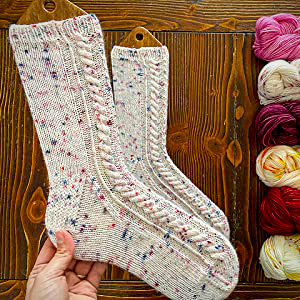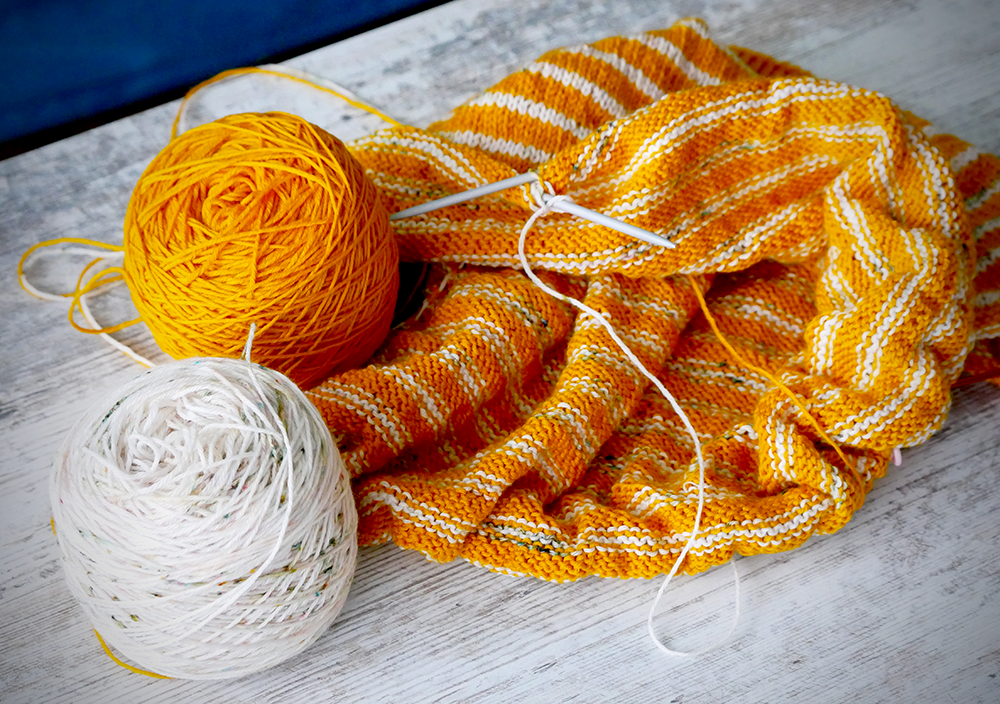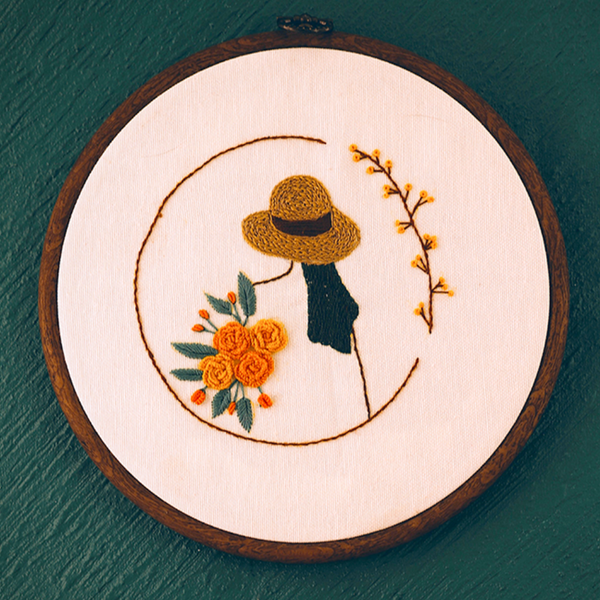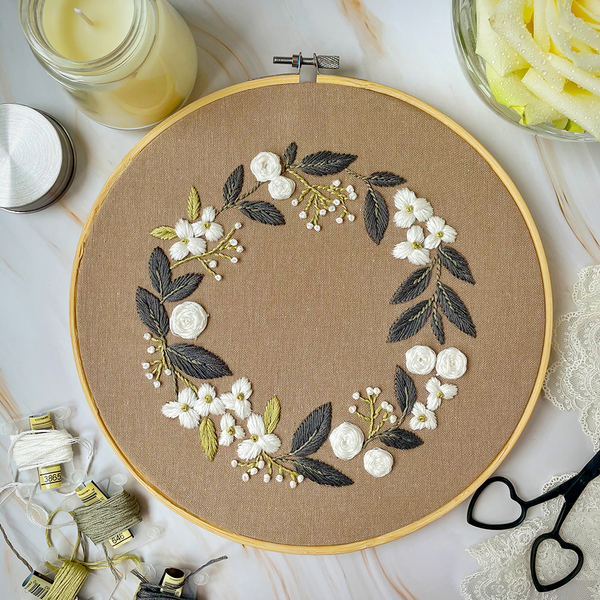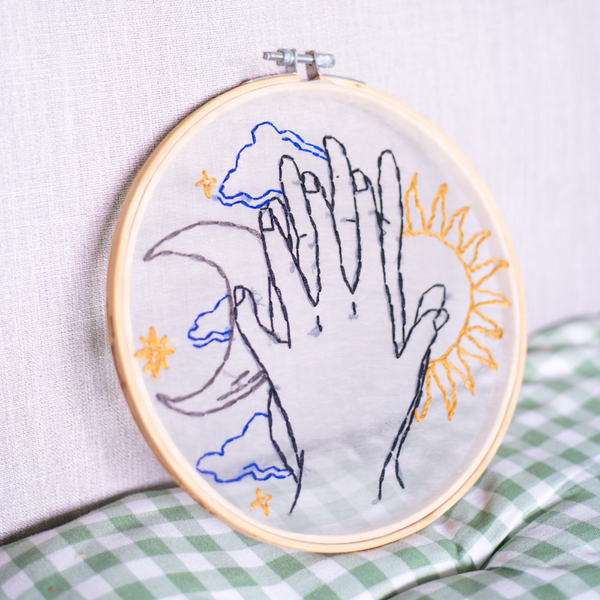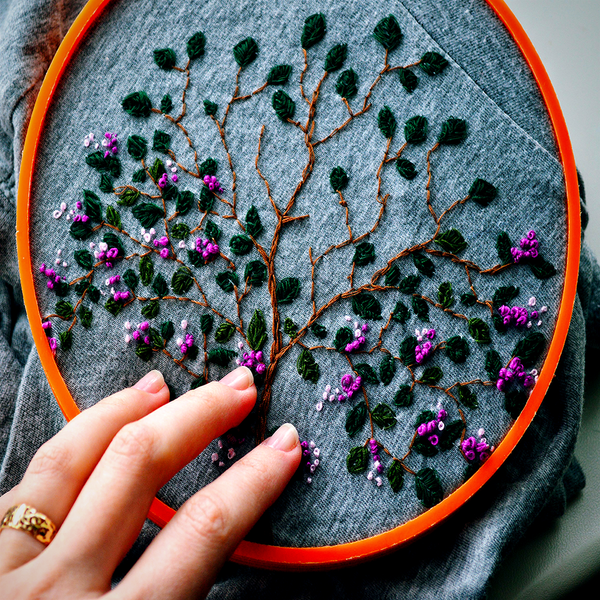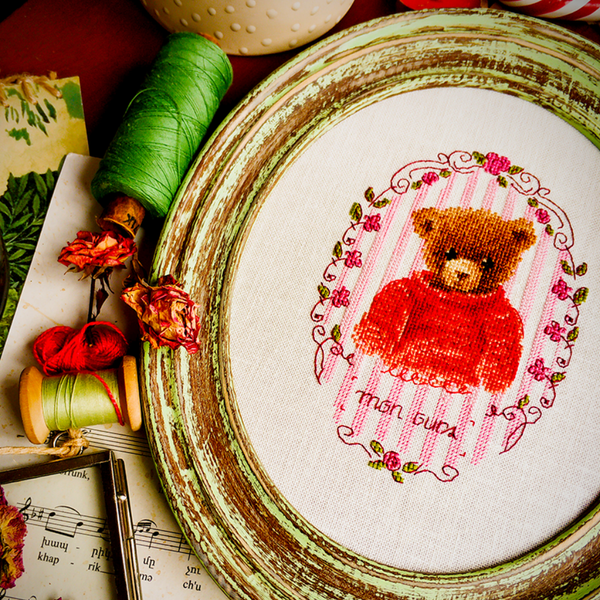Are you a creative person who loves to knit?
Have you been considering taking your talent to the next level with the help of a knitting machine?
If you think knitting machines are only for the experts, think again!
Whether you're a novice or an expert when it comes to knitting, do-it-yourself projects can be made possible with the help of a machine.
You may have heard of some folks using knitting machines, but don't worry - it's not as intimidating as it looks!
If used correctly, these incredible workhorses can help even rookies achieve stunning results.
With its time and effort saving benefits, it's no wonder why so many people – beginners included – are turning to this age-old technique for their crafting needs.
In this article, we'll cover all the essential information beginner knitters need to know before investing in a machine, from technical details like tension control and stitch types, to niche jargon.
You'll also gain helpful tips on successful stitching habits to start stitching up success!
Let's get started on our journey towards learning how to use a knitting machine today.
Key Takeaways:
- Beginner-Friendly: Even with a steep learning curve, beginners can use knitting machines with proper guidance and practice.
- Machine Types: Understanding the differences between flat bed knitting machines and circular knitting machines is crucial for beginners.
- Yarn Compatibility: Beginners should learn about yarn weights and types to ensure successful projects with their knitting machines.
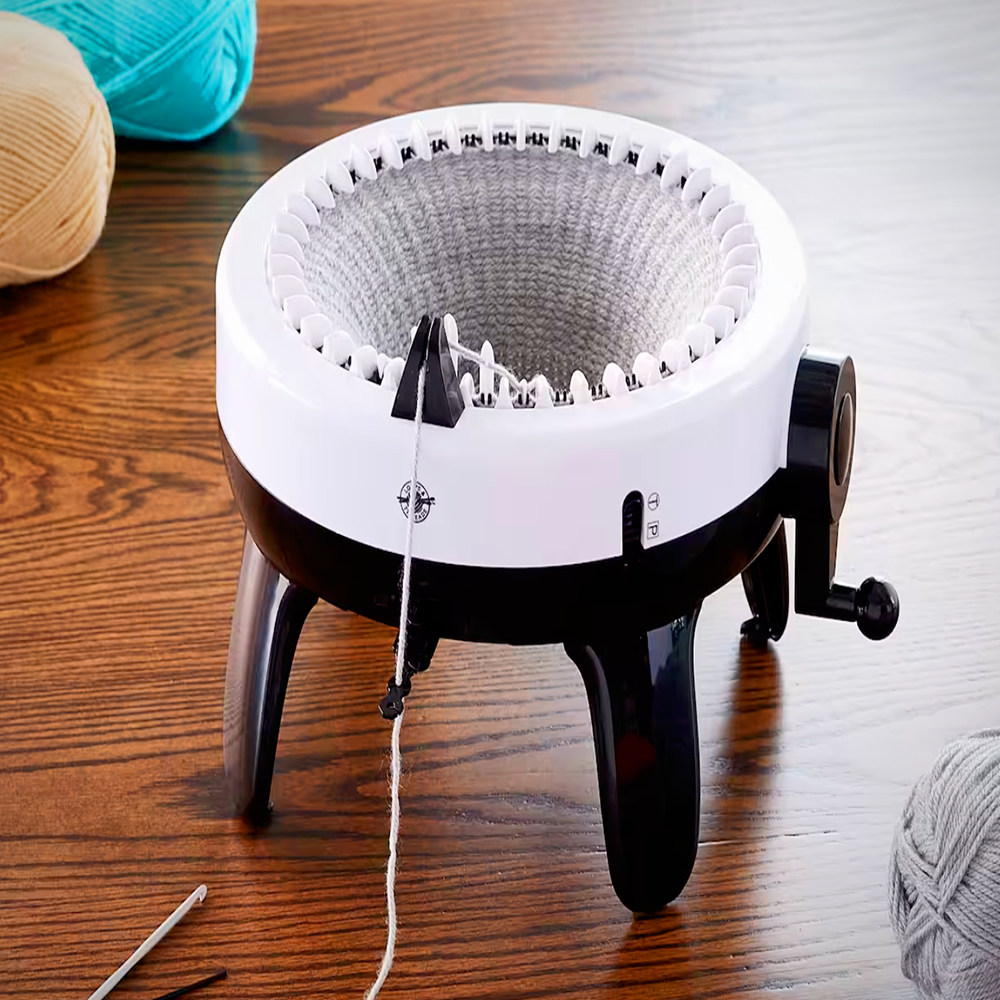


Understanding Knitting Machines
So, you're fascinated by the world of knitting; you've admired the beautiful designs, patterns, and textures of the knitwear you've seen in stores, magazines, and online.
But have you considered making your own knits?
It may sound intimidating at first, but we're here to tell you that it's not as hard as you think!
Thanks to modern technology, knitting machines are widely available for use by beginners, meaning you don't have to stick to regular knitting needles anymore.
Knitting machines have revolutionized the way we create knitted items, offering a faster and more consistent method than traditional hand knitting.
Knitting machines come in various shapes and sizes, each designed for specific knitting tasks.
The two main types are the flat bed knitting machine and the circular knitting machine.
Flat bed machines are versatile, allowing you to knit flat panels or join them to create tubes, while circular machines specialize in creating seamless tubes, perfect for items like socks and hats.
A knitting machine is a tool that helps you knit faster and more efficiently than by hand.
It allows you to produce larger pieces of knitwear, such as sweaters, hats, scarves, and blankets, with less effort and time.
While operating a knitting machine might look complicated, it is just another form of craft that can be learned with practice.
For beginners, the prym knitting machine or the Sentro knitting machine are often recommended due to their user-friendly interfaces.
These machines can handle a variety of yarn weights, from sport weight to worsted weight yarn, making them suitable for a range of projects.
However, it's essential to note that not all machines can accommodate every yarn weight and type.
It's best to consult the machine manual or do some research before starting a project.
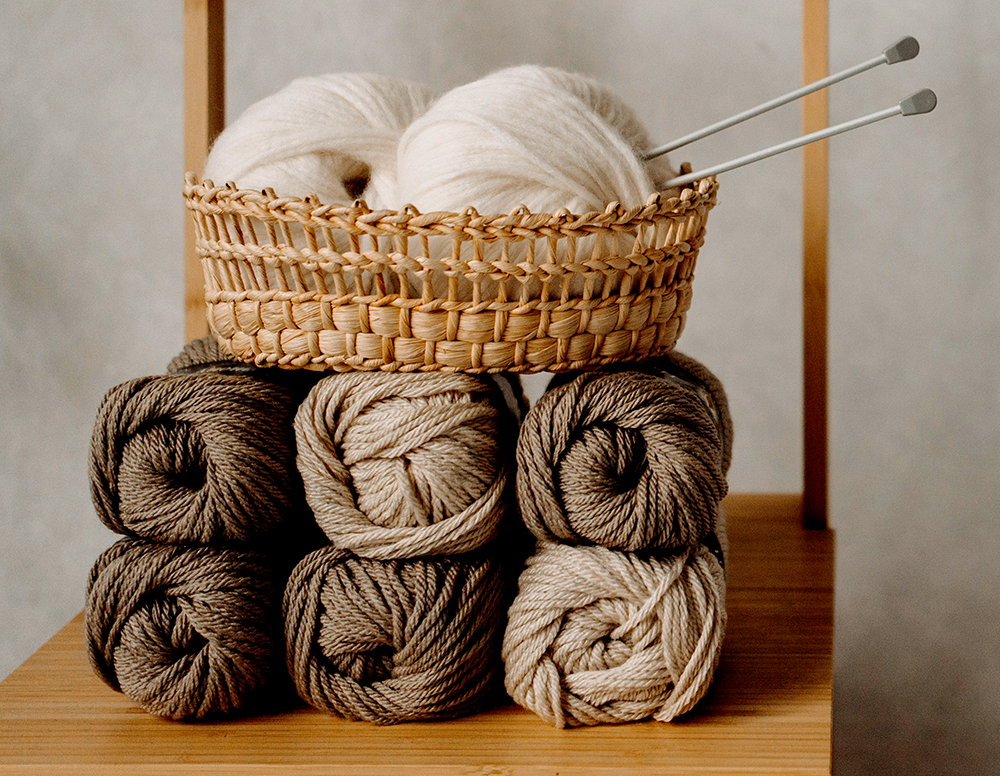

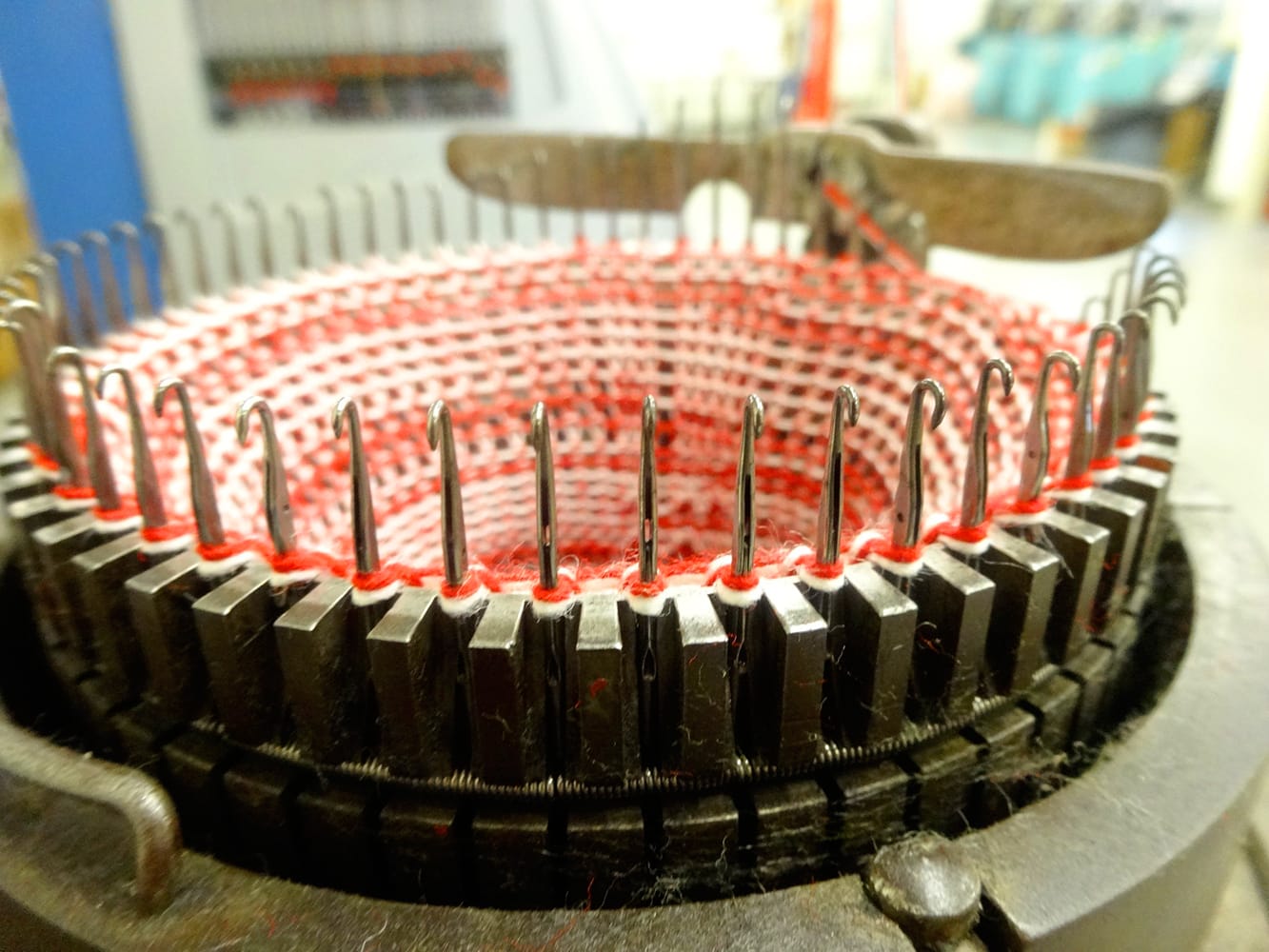
The First Knitting Machine Experience
Embarking on the first knitting machine project can be daunting.
Beginners should start with simple patterns and thicker yarns, such as worsted weight, to avoid common issues like dropped stitches.
The prym knitting machine is an excellent choice for novices, as it's designed to be straightforward and easy to use.
When starting, it's essential to familiarize oneself with the machine's components, such as the plastic needle and flat panel setting.
This knowledge will help prevent mistakes and ensure a smoother knitting process.
As with any craft, practice makes perfect, so don't be discouraged if the first few attempts are not successful.
With time and patience, beginners can achieve stunning results!
Selecting Your Machine: Flat Bed or Circular?
Choosing between a flat bed knitting machine and a circular knitting machine depends on the projects you intend to tackle.
Flat bed machines are more versatile, suitable for knitting flat panels that can be assembled into various shapes.
Circular machines, on the other hand, are ideal for making hats, knit socks, and other round items.
For beginners, a flat bed machine like the Silver Reed might be the best knitting machine to start with, as it allows for a broader range of projects and techniques to be learned.
Circular machines, like the Prym Maxi, are also beginner-friendly and perfect for those looking to specialize in round knits.

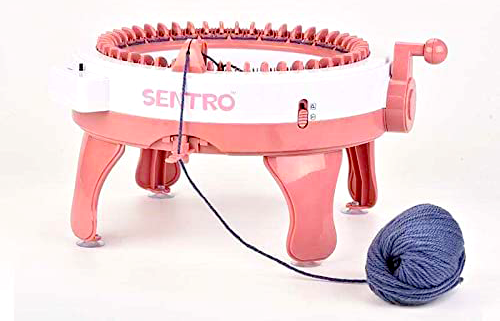
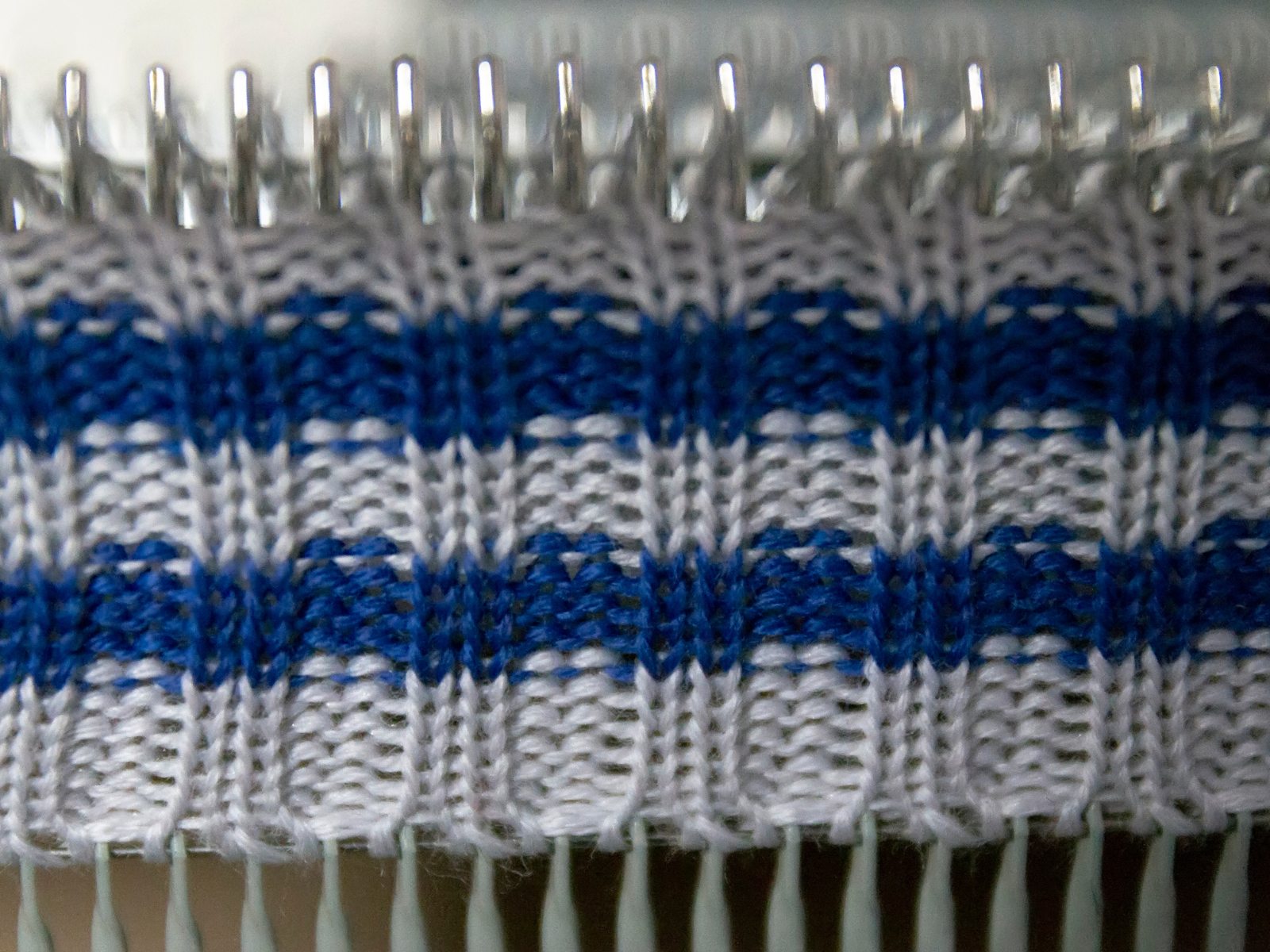
Yarns and Your Knitting Machine
Yarn selection is critical when using a knitting machine, as there is a wide variety of types of yarn.
Yarn weights must be compatible with the machine to avoid issues like machine drops stitches.
Fine yarns work well with standard gauge machines, while chunky machines are better suited for thicker yarns.
Beginners should experiment with different yarns, starting with more forgiving types like worsted weight or sport weight, to understand how their machine interacts with various textures and thicknesses.
This experience will help in creating successful projects in the future.
Choosing the Best Machine for Yarn Preferences
When selecting the best knitting machines for your craft, it's important to consider the type of yarn you plan to use.
Standard gauge machines are a popular choice for knitters who prefer working with thin yarns, as they are designed to handle delicate fibers with precision.
These machines allow for intricate patterns and fine detailing, making them a top pick for creating lightweight and detailed knitted pieces.
However, they may not be the best option for thicker yarns, which could lead to issues such as drop stitches or damage to the machine.
Conversely, if you enjoy working with a variety of yarn weights, it's worth investing in a machine that can accommodate a broader spectrum.
Some of the best knitting machines are versatile enough to handle both thin and thick yarns, offering tension adjustments and different needle configurations to prevent common problems like drop stitches.
By choosing a machine that aligns with your yarn preferences, you can ensure a smoother machine knit process and a higher quality finished product, regardless of the fiber you choose.
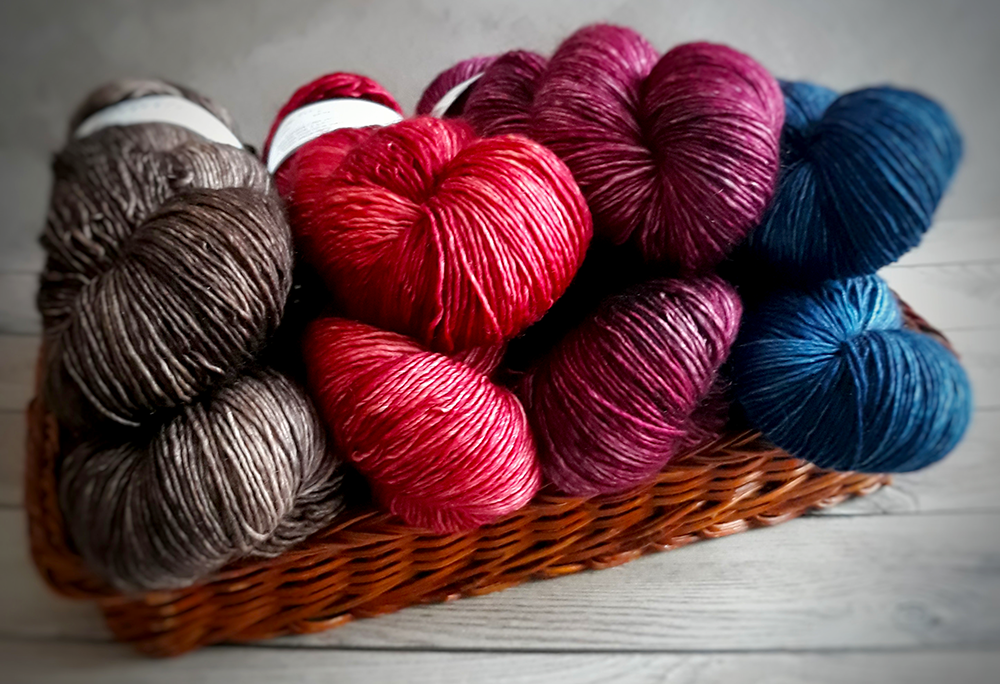
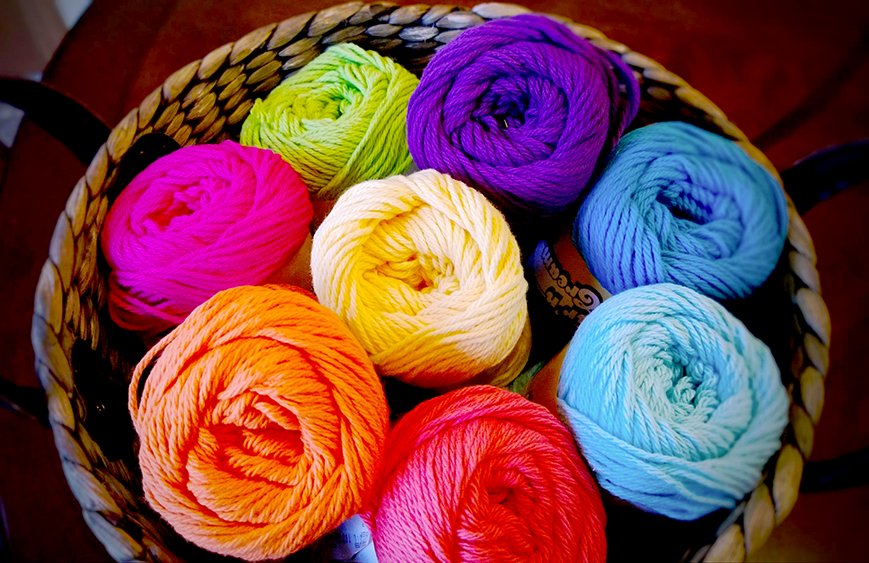
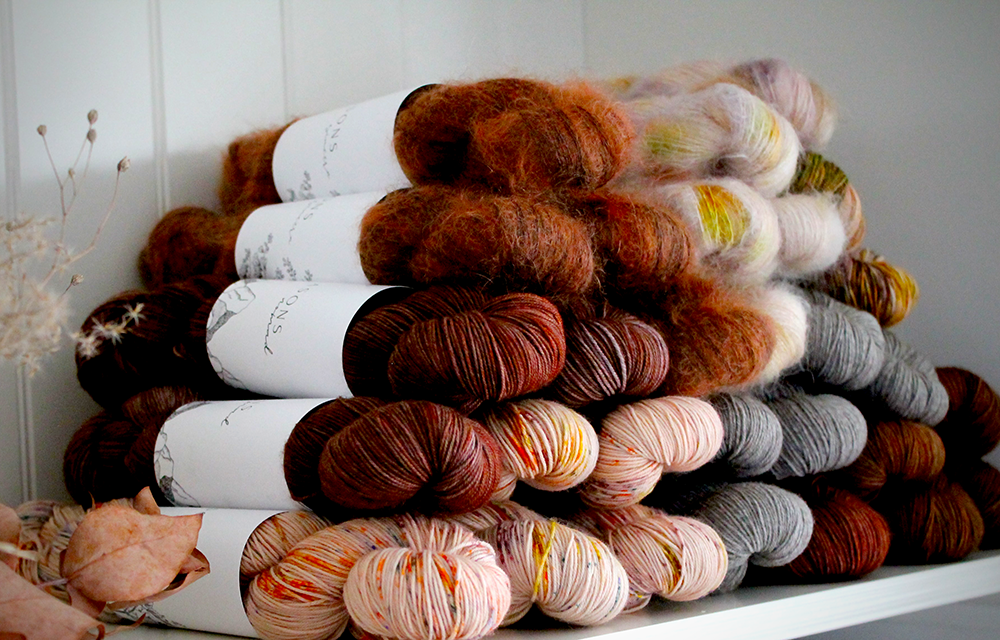
Knitting Flat Panels on a Machine
Knitting flat panels on a machine is a fundamental skill for beginners.
Most flat bed knitting machines have a flat panel setting that allows for the creation of squares or rectangles, which can be used for scarves, blankets, or the construction of garments.
When knitting flat panels, it's crucial to monitor the tension and yarn feed to ensure even stitches and to prevent the machine from dropping stitches.
Beginners should practice with simple projects to build confidence and skill.
Once comfortable with the basics, experimenting with different stitch patterns and yarn types can add more variety to your knitting projects.
Circular Knitting on a Machine
Circular knitting machines are designed to create tubes of fabric, which are perfect for items like baby hats or socks.
The process involves knitting in a continuous round, which can be more challenging for beginners due to the need to maintain consistent tension throughout the project.
To successfully knit in the round, beginners should start with smaller projects, such as making hats or beanies, to get accustomed to the machine's operation and the circular knitting process.
As with flat bed knitting, understanding the machine's adjustments and practicing with various yarns can improve circular knitting skills over time.

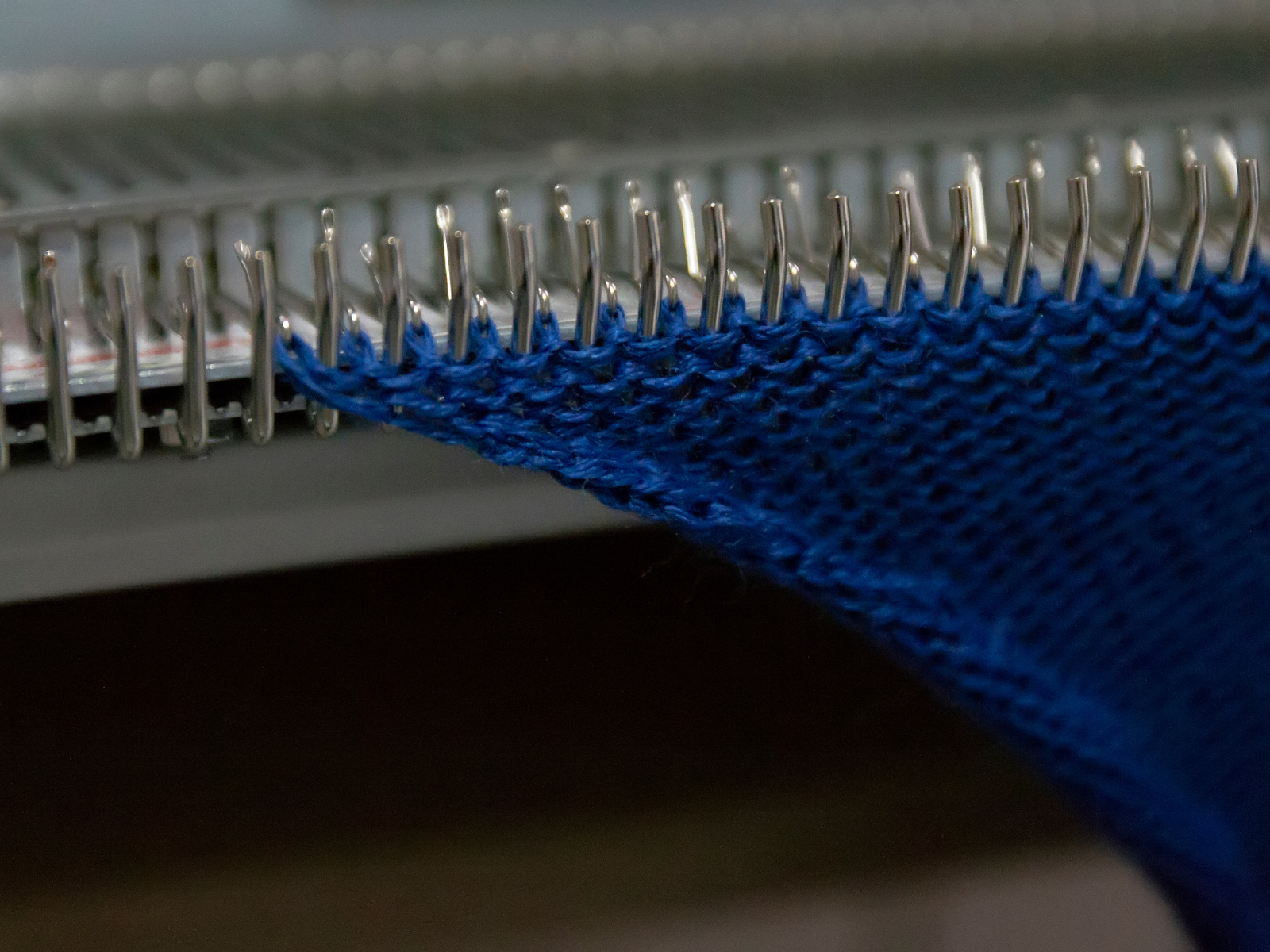
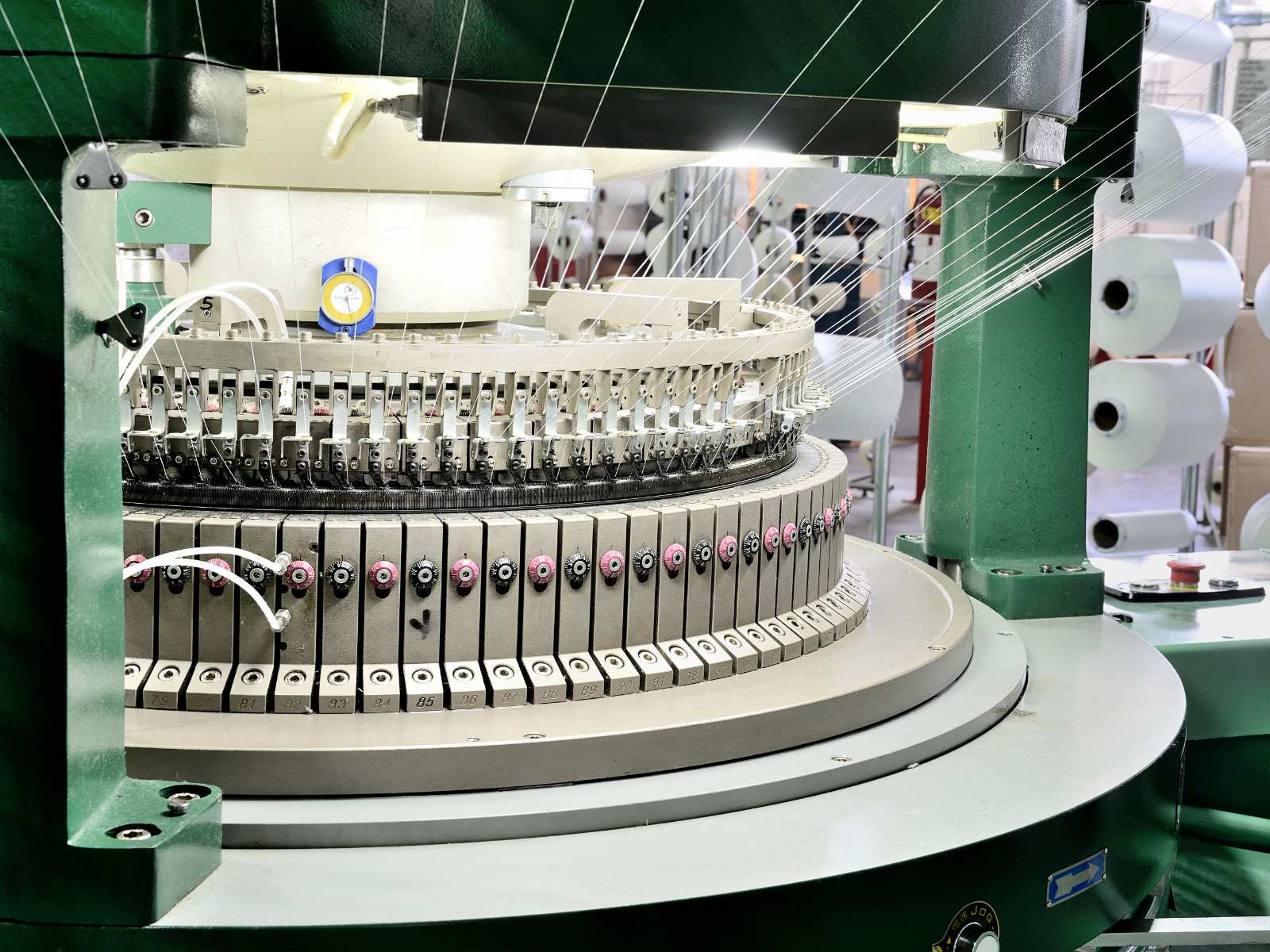
Expand Your Repertoire: Stitch Techniques
When venturing into the realm of machine knitting, understanding the difference between flat or round stitch applications is crucial.
Flat stitches are the foundation of many knitting projects, allowing for the creation of versatile fabric panels that can be used in everything from simple scarves to complex garments.
On the other hand, round stitches are synonymous with circular knitting, which is ideal for creating seamless tubes of fabric.
This technique is perfect for hats, socks, and other items that benefit from a continuous, stretchy structure.
For beginners, mastering both flat and round stitch methods can significantly broaden the range of potential projects.
The best knitting machines often offer the capability to switch between these two modes, providing a flexible platform for knitters to experiment and grow their skills.
By understanding the mechanics behind each stitch type, knitters can more effectively choose the right machine and techniques for their desired projects, leading to a more satisfying and productive knitting experience.
Mastering the Standard Gauge Machine
Standard gauge knitting machines are the go-to equipment for knitters who aim to create fine knits with intricate details.
These machines are designed with needles that are closer together, typically 4.5mm apart, making them ideal for working with lightweight yarns.
For beginners, the standard gauge machine represents a step into the world of professional knitting, as it allows for the creation of delicate patterns and lightweight fabrics that are perfect for garments like sweaters and baby clothes.
The precision of the standard gauge machine requires a steady hand and a bit of practice, but it opens up a world of possibilities for intricate design work.
When starting with a standard gauge machine, beginners should focus on understanding the tension and needle placement, as these are crucial for achieving the desired fabric quality.
It's recommended to begin with simple projects that allow for practice in handling the fine yarns suitable for these machines.
As you grow more comfortable, you can experiment with lace patterns, ribbing, and other advanced techniques that are achievable with the standard gauge.
Remember, patience and practice are key, as mastering the standard gauge machine can be a rewarding journey that leads to stunning, professional-quality knits.
Integrating Standard Gauge Machines
Incorporating a standard gauge machine into your knitting practice can significantly expand your creative horizons.
These machines are particularly well-suited for those who wish to produce fine garments with a polished, store-bought appearance.
The standard gauge machine excels in creating tight, even stitches that are difficult to achieve by hand.
This makes them an excellent choice for knitters looking to tackle projects that require a high level of detail, such as intricate intarsia or fair isle patterns.
By mastering the standard gauge machine, knitters can efficiently produce complex designs that would be time-consuming to knit manually.
To fully benefit from a standard gauge machine, it's important to select the right accessories and tools.
For instance, a ribber attachment can greatly enhance the machine's capabilities, allowing for the production of ribbed knits and other textured patterns.
Additionally, using a row counter can help keep track of your progress, ensuring consistent results across your work.
As you become more adept at using the standard gauge machine, you'll find that it can be a powerful ally in bringing your most ambitious knitting projects to life, with a level of precision and speed that hand knitting simply cannot match.
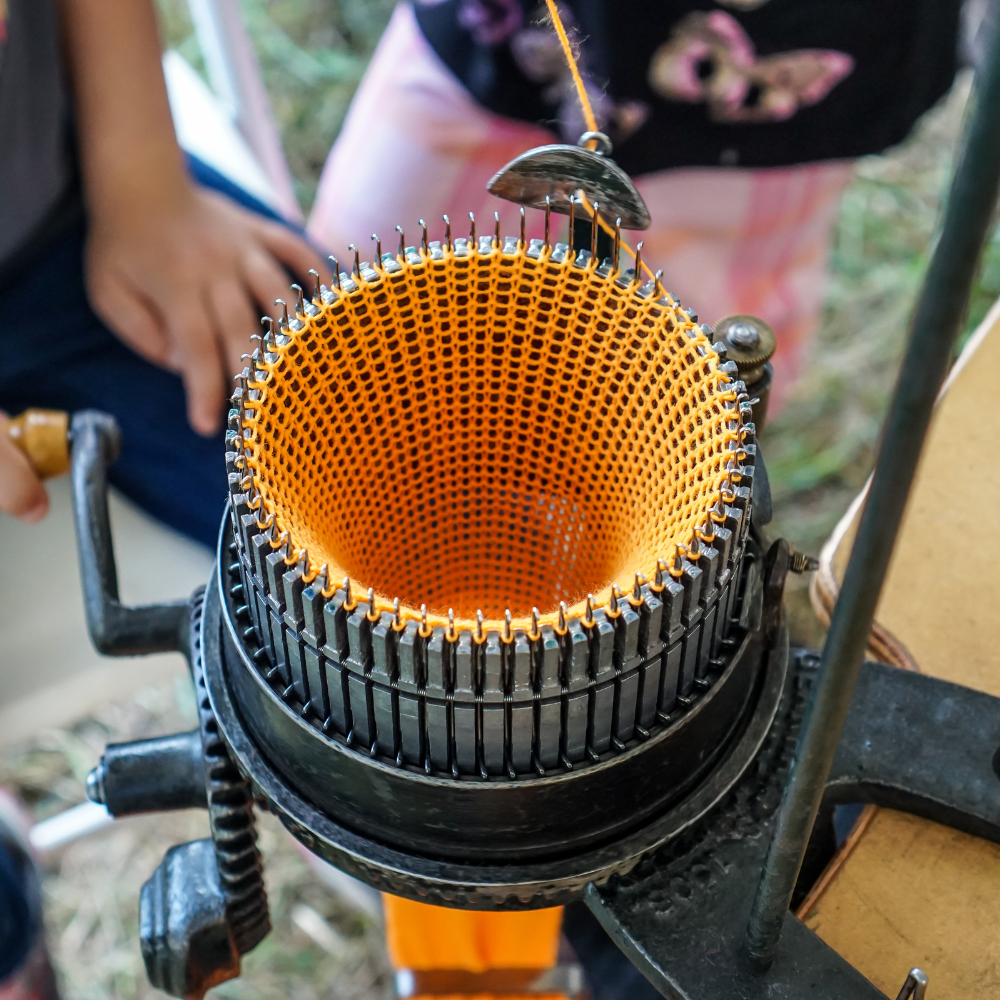
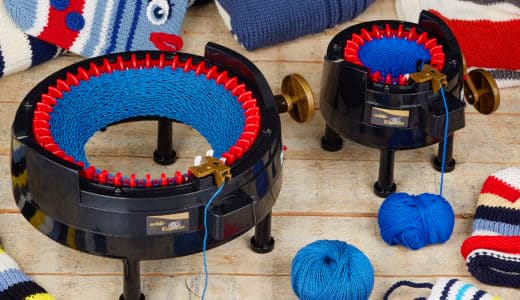

The Learning Curve: Novice to Skilled Knitter
Machine knitting does have a steep learning curve, but with patience and practice, beginners can become proficient.
Starting with simple projects and gradually moving to more complex patterns is a good strategy for developing skills.
Hand knitters transitioning to machine knitting may find the process quite different, but the fundamental understanding of stitches and patterns can be advantageous.
It's important to be patient and allow time to adapt to the new techniques.
One way to start learning to use a knitting machine is to watch YouTube tutorials on how they work.
Some channels provide step by step instructions on setup and programming, leaving you with a knitting machine you'll be mastering in no time.
As well as an abundance of online tutorials, there are courses and workshops you can attend in person that offer hands-on instruction.
The time it takes to become proficient at machine knitting varies from person to person.
It depends on the individual's dedication to practicing, the complexity of the projects they undertake, and their prior experience with knitting.
Generally, consistent practice over several weeks to months can lead to a comfortable proficiency with the machine.
One of the advantages of using a machine knitting is that it frees up time for your creativity to come into play.
Once you master the basic skills and get comfortable with your machine, you can begin to play with colors, patterns, and textures, experimenting with innovative stitches and stitch variations.
The possibilities are endless!
Maintaining Your Knitting Machine
Proper maintenance is key to ensuring your knitting machine operates smoothly.
Beginners should learn how to clean and oil their machine regularly to prevent issues like dropped stitches or damage to the machine.
A used machine may require more attention initially, but it can be an excellent way for beginners to start machine knitting without a significant investment.
Always check for wear and tear and replace any worn-out parts to keep the machine in good working condition.
Regular maintenance can also prevent costly repairs or replacements in the future.
In addition to basic cleaning and oiling, it's essential to follow manufacturer instructions for proper use of the machine.
Each machine may have specific requirements, such as using a specific type of needle or adjusting tension settings.
By following these guidelines, beginners can ensure their knitting machine performs at its best and avoids any potential issues that may arise from improper use.
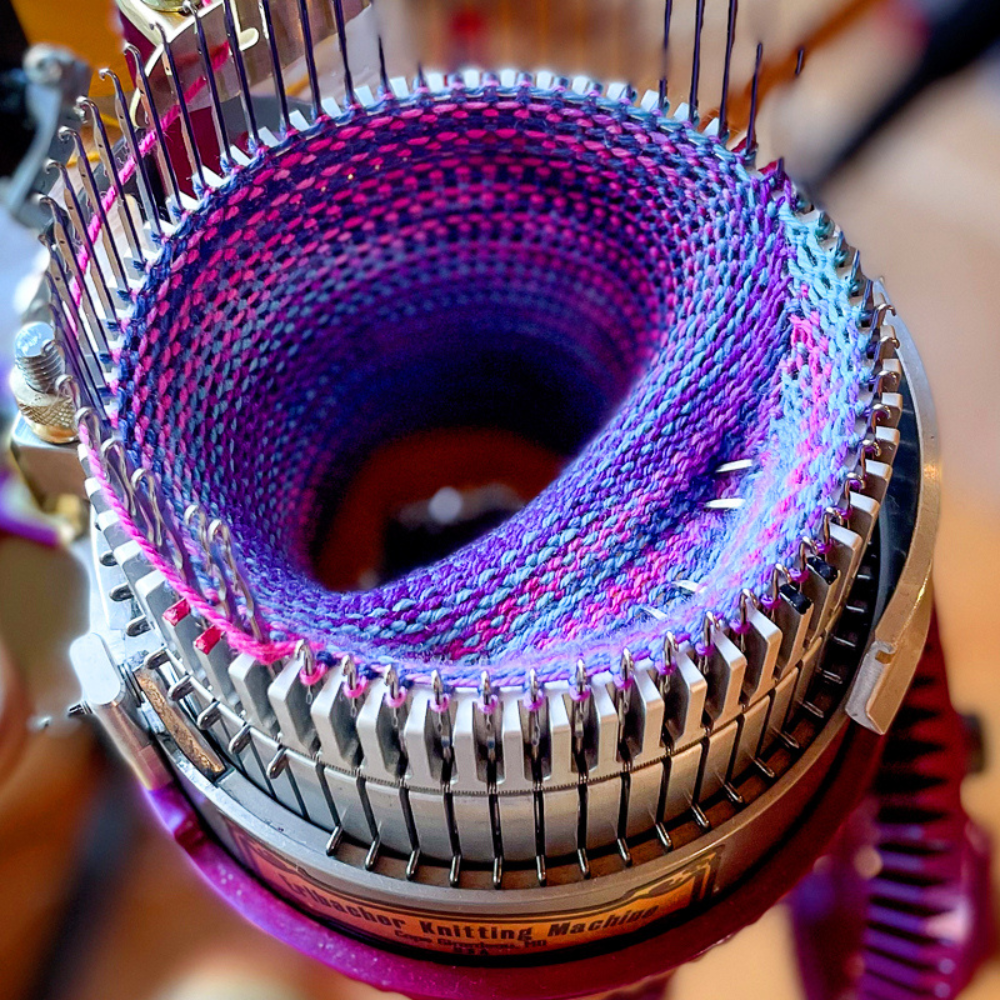


Troubleshooting Common Machine Issues
One of the most common problems beginners face is when the machine drops stitches.
This can be due to several factors, including incorrect yarn weight, tension issues, or a need for machine maintenance.
Understanding how to troubleshoot these issues is an essential skill for any machine knitter.
To prevent dropped stitches, beginners should ensure they're using the correct yarn weight for their machine and that the tension is set appropriately.
Regular cleaning and maintenance of the machine can also help reduce the occurrence of dropped stitches.
If issues persist, it may be beneficial to consult a knitting machine manual or seek advice from experienced knitters.
Over time, beginners can learn to anticipate and resolve common knitting machine issues, making the process more enjoyable and productive.
With patience and persistence, any beginner can become a skilled machine knitter!
So, don't give up, keep practicing and experimenting with different yarns, stitch patterns, and techniques.
Before you know it, you'll be creating beautiful and unique pieces of knitwear with your trusty knitting machine!
Knitting Projects for Beginners
There are plenty of projects suitable for beginners to tackle with their knitting machines.
Starting with items like scarves, simple sweaters, or baby hats can provide a sense of accomplishment and build foundational skills.
Using a knitting mill or a knitting machine like the Sentro knitting machine, beginners can quickly produce knitted items that would take much longer by hand.
This immediate gratification can be encouraging and motivate beginners to continue learning.
As skills progress, more complex projects like intricate lace shawls or advanced garments can be attempted.
Ultimately, the best way to learn is by doing.
So, don't be afraid to start small and work your way up to more complex designs and techniques.
With patience, practice, and a bit of creativity, you can master machine knitting and create beautiful knits for yourself, loved ones, or even start your own knitwear business!
The possibilities are endless with the right knitting machine and determination to learn!
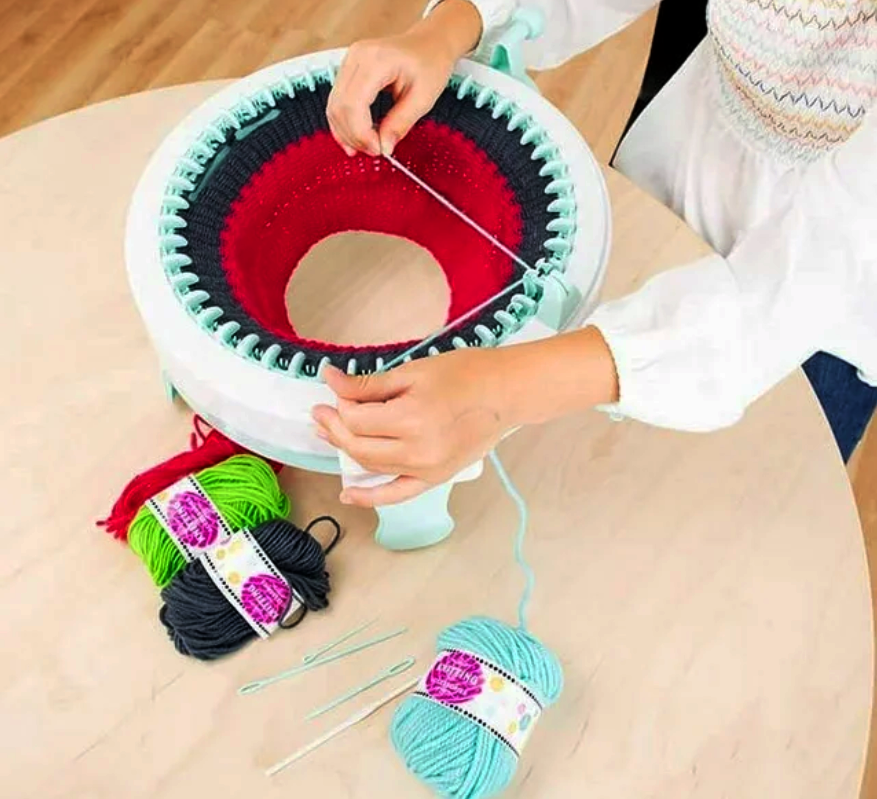

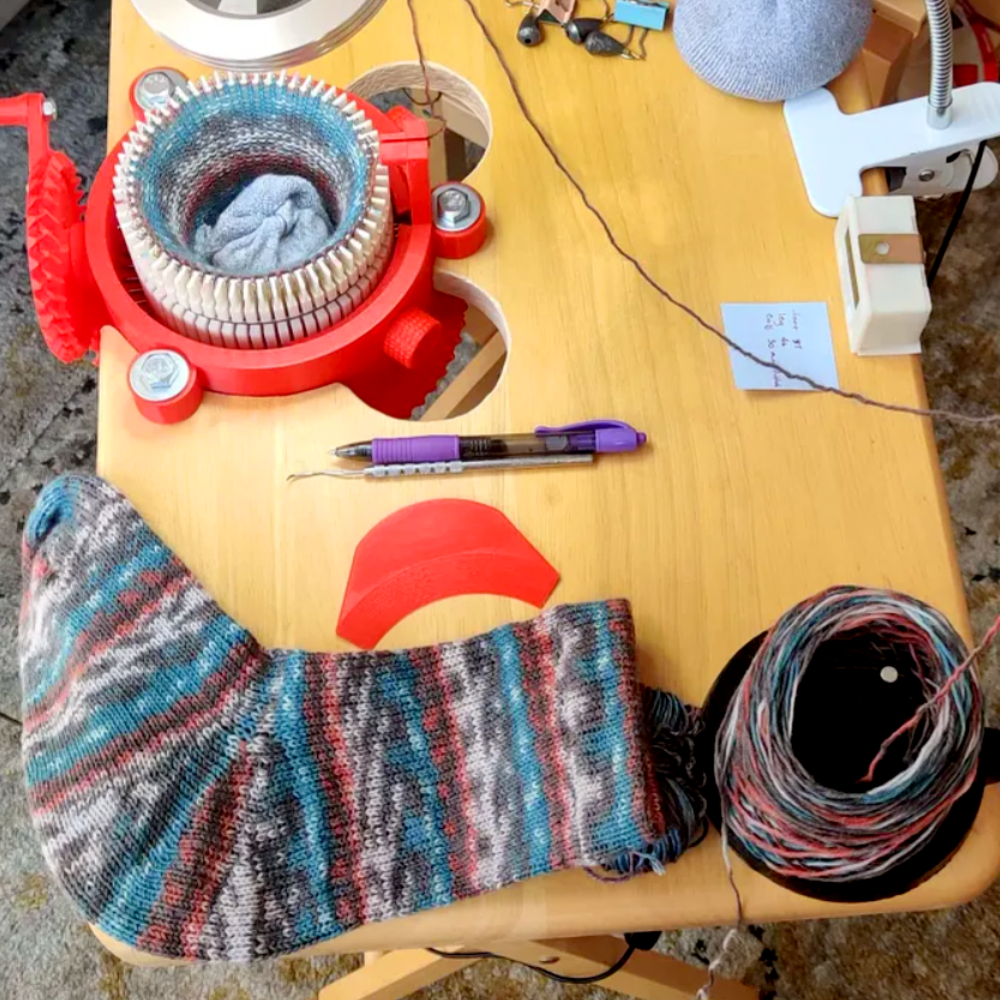
Tips for Successful Stitching
While knitting machines offer numerous benefits, there are some knitting tips that beginners should keep in mind to ensure successful stitching:
- Practice Proper Tension: Maintaining consistent tension is crucial for creating even stitches. Beginners should experiment with different tension settings and adjust as needed for different yarn weights and stitch patterns.
- Start Simple: Begin with basic projects to build confidence and skill before attempting more complex designs.
- Understand the Machine's Features: Familiarize yourself with your machine's settings and capabilities to make the most of its features.
- Use Good Quality Yarn: Using high-quality yarn can result in a better finished product. Beginners should also ensure they're using the correct yarn weight for their machine.
- Regular Maintenance: Keep your machine clean and well-maintained to prevent issues like dropped stitches or damage to the machine.
- Don't Be Afraid to Experiment: As you become more comfortable with your machine, try experimenting with different yarns, stitch patterns, and techniques to expand your skills and create unique designs.
By following these tips and staying persistent in your practice, you can become a successful knitting machine user in no time!
Stitching Success with Machine Knitting!
Knitting machines may seem daunting at first, but they are an excellent tool for beginners looking to take their craft to the next level.
Machine knitting offers a world of possibilities for beginners willing to invest time and effort into learning this craft.
While there is a steep learning curve, the right machine, such as the Prym knitting machine or the Sentro knitting machine, can make the process more accessible.
Beginners should focus on understanding their machine, selecting the right yarn weights, and starting with simple projects to build their skills.
With proper guidance and practice, anyone can learn how to use a knitting machine and achieve stunning results.
The bottom line is that a beginner can use a knitting machine successfully.
With practice, patience, and some basic knowledge of the tools, you can start exploring and enjoying what the world of machine knitting has to offer.
The transition may not happen overnight, but you'll eventually see progress.
Remember to start small, take your time, and seek help if needed.
Who knows, machine knitting may become your new favorite form of art.
So, grab a knitting machine, seeds starter, your favorite ball of yarn, and let's start creating together!
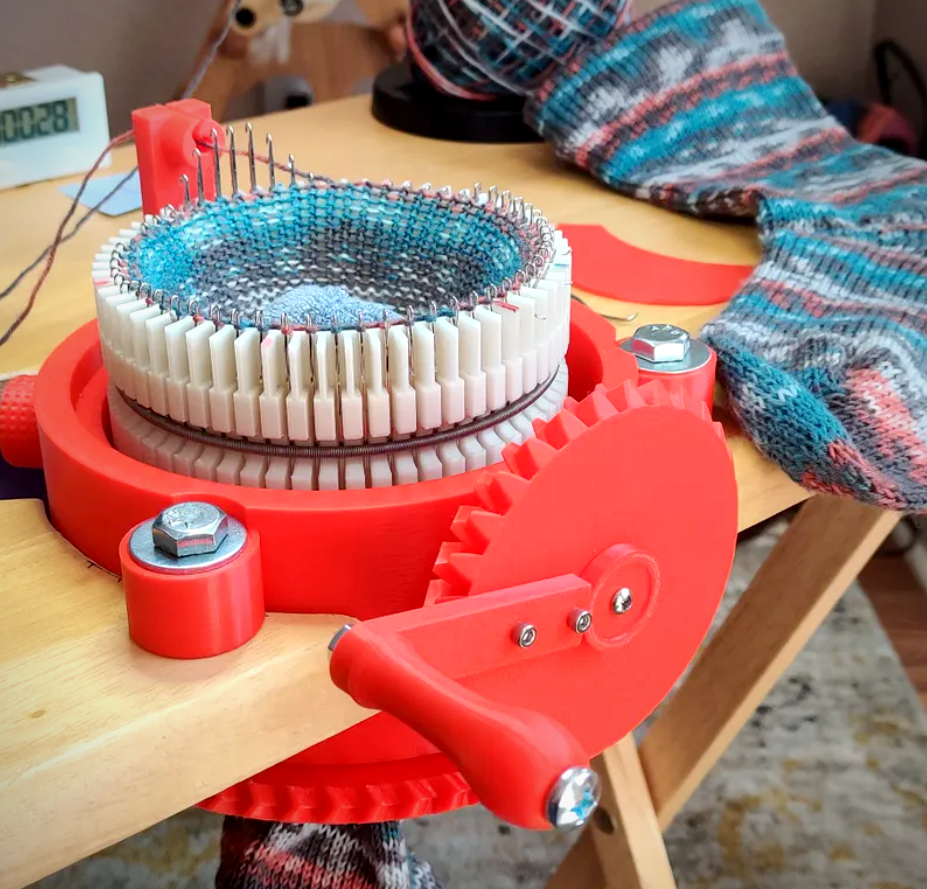
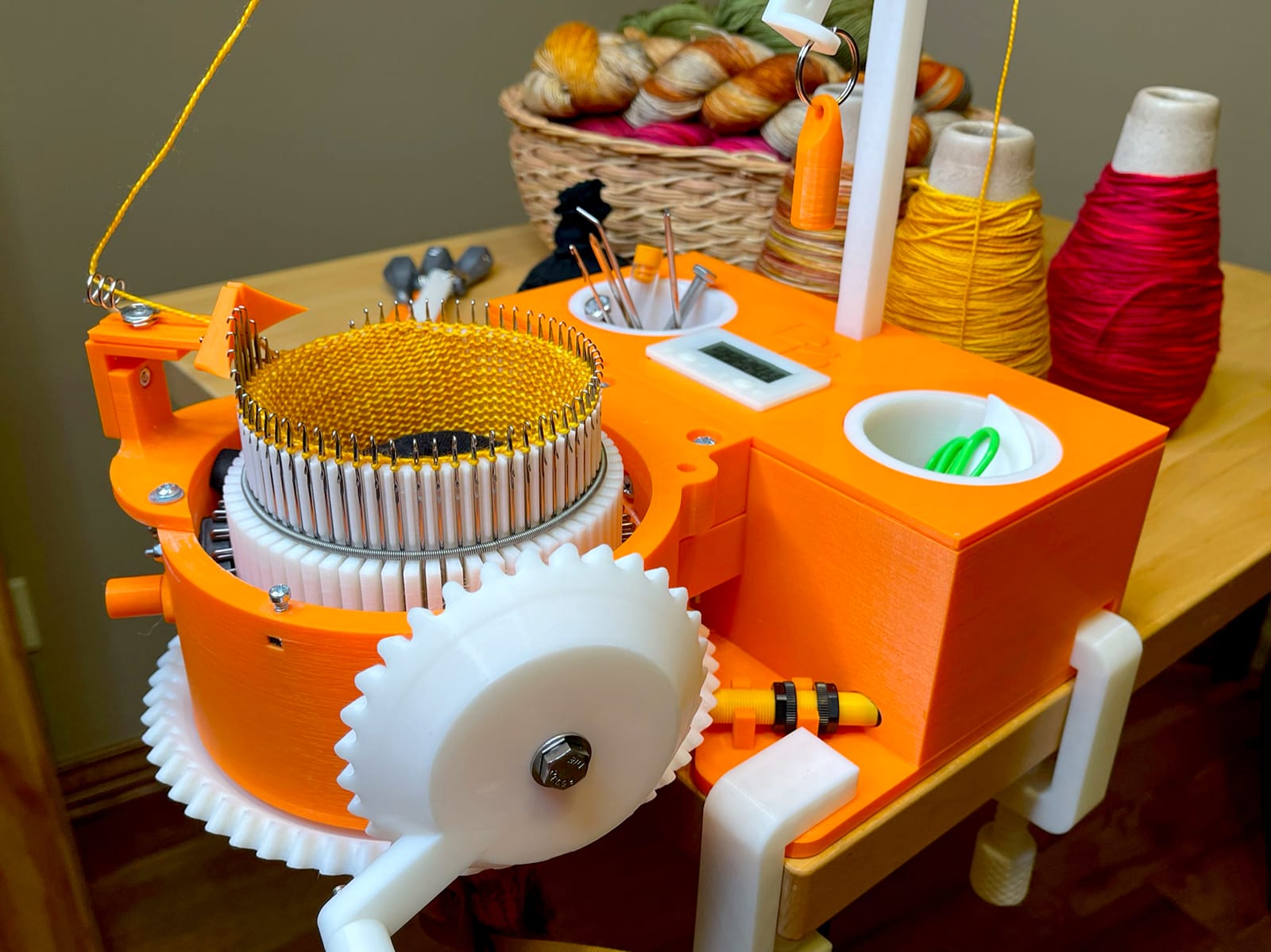
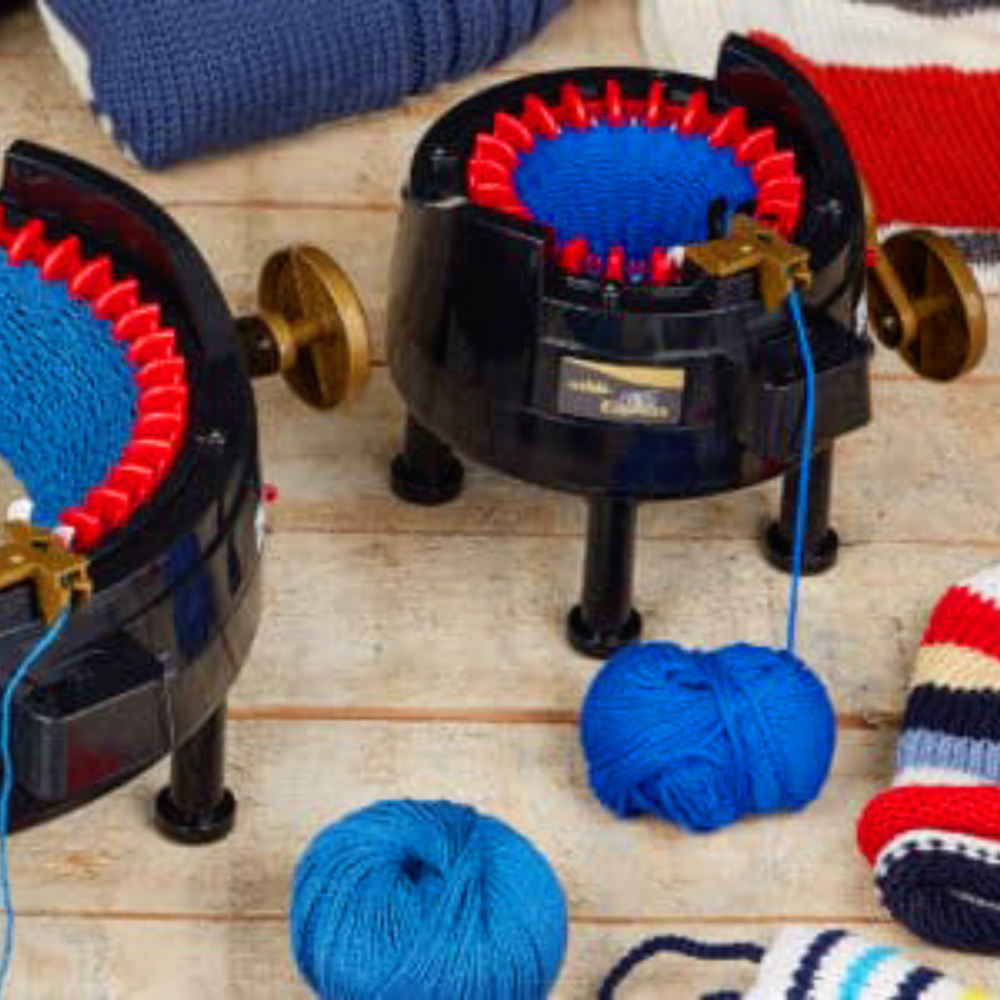
Looking to get started with machine knitting? Check out Infinit Crafting Co.'s video!
Want even more content about creativity and art?
Be sure to check out all of our creative chronicles!
Interested in knitting?
Check out some of our other articles:
-Interchangeable knitting needles
-Difference between knitting and crochet
-Can you crochet with a knitting machine?
-Can you make money with a knitting machine?

